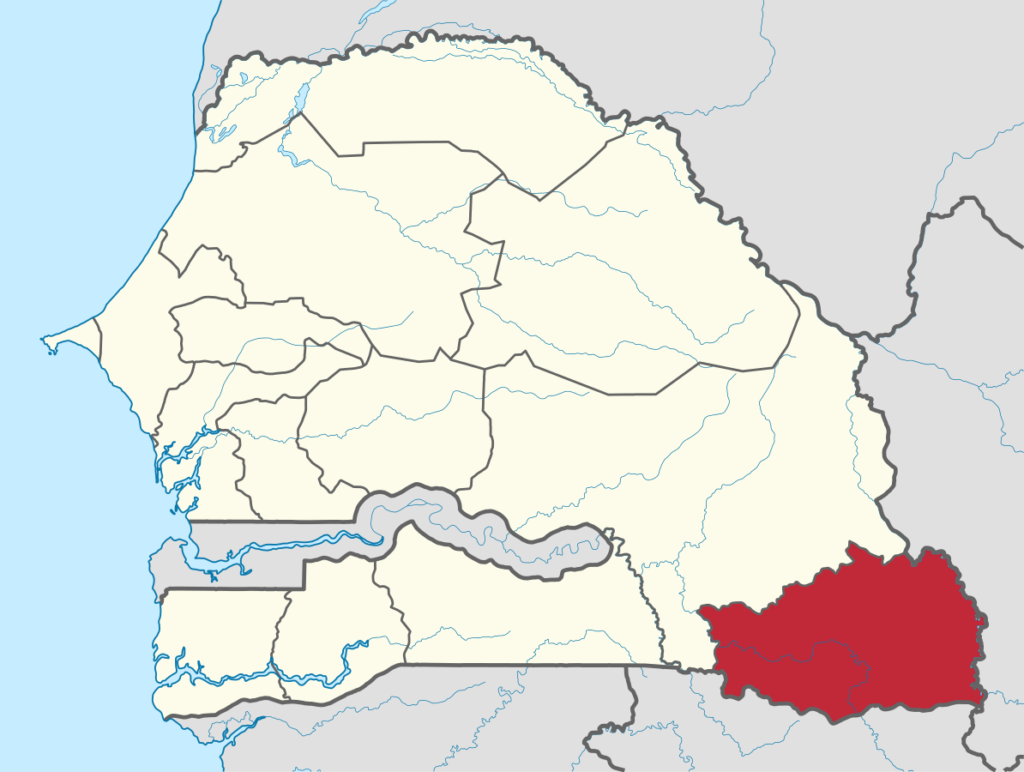Eye, Robot: A Guide to AI for Image Recognition
The most used deep learning model is an artificial neural network model called convolutional neural networks (CNN). Clarifai is a leading deep learning AI platform for computer vision, natural language processing, and automatic speech recognition. We help enterprises and public sector organizations transform unstructured images, video, text, and audio data into structured data, significantly faster and more accurately than humans would be able to do on their own. The platform comes with the broadest repository of pre-trained, out-of-the-box AI models built with millions of inputs and context. They detect explicit content, faces as well as predict attributes such as food, textures, colors and people within unstructured image, video and text data.

And your business needs may require a unique approach or custom image analysis solution to start harnessing the power of AI today. The field of AI-based image recognition technology is constantly evolving, with new advancements and innovations appearing regularly. Researchers and developers are continually exploring novel techniques and strategies to enhance image recognition accuracy and efficiency.
Working Principles of Image Recognition Models
The initial layers learn simple features such as edges and textures, while the deeper layers progressively detect more complex patterns and objects. While human beings process images and classify the objects inside images quite easily, the same is impossible for a machine unless it has been specifically trained to do so. The result of image recognition is to accurately identify and classify detected objects into various predetermined categories with the help of deep learning technology. In some cases, you don’t want to assign categories or labels to images only, but want to detect objects. The main difference is that through detection, you can get the position of the object (bounding box), and you can detect multiple objects of the same type on an image.
After a certain training period, it is determined based on the test data whether the desired results have been achieved. TensorFlow is an open-source platform for machine learning developed by Google for its internal use. TensorFlow is a rich system for managing all aspects of a machine learning system. TensorFlow is known to facilitate developers in creating and training various types of neural networks, including deep learning models, for tasks such as image classification, natural language processing, and reinforcement learning.
Image Recognition with AI(TensorFlow)
For example, Google Cloud Vision offers a variety of image detection services, which include optical character and facial recognition, explicit content detection, etc. and charge per photo. Next, there is Microsoft Cognitive Services offering visual image recognition APIs, which include face and celebrity detection, emotion, etc. and then charge a specific amount for every 1,000 transactions. However, Clarifai provide numerous computer vision APIs including the ones for organizing the content, filter out user-generated, unsafe videos and images, and also make purchasing recommendations. Once image datasets are available, the next step would be to prepare machines to learn from these images.
- Image recognition and object detection are both related to computer vision, but they each have their own distinct differences.
- From a machine learning perspective, object detection is much more difficult than classification/labeling, but it depends on us.
- These frameworks provide developers with the flexibility to build and train custom models and tailor image recognition systems to their specific needs.
- McCloskey and Albright [7] discriminated generated images based on the presence of underexposure or overexposure in real face images, and an AUC value of 0.92 was obtained in the classification of ProGAN and Celeba.
- Image sensors and cameras integrated into vehicles can detect and recognize objects, pedestrians, and traffic signs, providing essential data for safe navigation and decision-making on the road.
Typically, image recognition entails building deep neural networks that analyze each image pixel. These networks are fed as many labeled images as possible to train them to recognize related images. Once an image recognition system has been trained, it can be fed new images and videos, which are then compared to the original training dataset in order to make predictions. This is what allows it to assign a particular classification to an image, or indicate whether a specific element is present. This usually requires a connection with the camera platform that is used to create the (real time) video images. This can be done via the live camera input feature that can connect to various video platforms via API.
image recognition
During the AWS Free Tier period, you can analyze 5,000 images per month for free in Group 1 and Group 2 APIs, and store 1,000 face metadata objects per month for free. The logistics sector might not be what your mind immediately goes to when computer vision is brought up. But even this once rigid and traditional industry is not immune to digital transformation. Artificial intelligence image recognition is now implemented to automate warehouse operations, secure the premises, assist long-haul truck drivers, and even visually inspect transportation containers for damage. Object recognition is combined with complex post-processing in solutions used for document processing and digitization.
Using a deep learning approach to image recognition allows retailers to more efficiently understand the content and context of these images, thus allowing for the return of highly-personalized and responsive lists of related results. The combination of AI and ML in image processing has opened up new avenues for research and application, ranging from medical diagnostics to autonomous vehicles. The marriage of these technologies allows for a more adaptive, efficient, and accurate processing of visual data, fundamentally altering how we interact with and interpret images. In this section, we are going to look at two simple approaches to building an image recognition model that labels an image provided as input to the machine. In a deep neural network, these ‘distinct features’ take the form of a structured set of numerical parameters. When presented with a new image, they can synthesise it to identify the face’s gender, age, ethnicity, expression, etc.
Read more about https://www.metadialog.com/ here.



